Launched for 2021 in Middle East markets as a rugged and utilitarian mid-size SUV, the Nissan X-Terra rekindles one of the Japanese manufacturer’s most missed and respected nameplates. A thoroughly impressive and off-road ready SUV, the X-Terra is refreshingly unpretentious and authentic in character, yet well-equipped and comfortable in execution. Sold in eastern Asian markets as the Terra since 2018, the Middle East incarnation of this highly capable 7-seat off-roader features slight aesthetic alterations and a single, different, petrol engine and automatic gearbox option.
A larger vehicle than the one it ostensibly replaces after a 6-year hiatus, the new X-Terra is however closer in size to the previous generation Nissan Pathfinder SUV, with which it shares core characteristics including body-on-chassis construction and a longitudinal drive-line layout. Positioned as something of a tougher more off-road oriented complementary alternative to the slightly larger, roomier and road oriented transverse platform unibody modern Pathfinder, the X-Terra could also be seen as a smaller more affordable ‘junior’ alternative to Nissan’s storied full-size Patrol SUV.
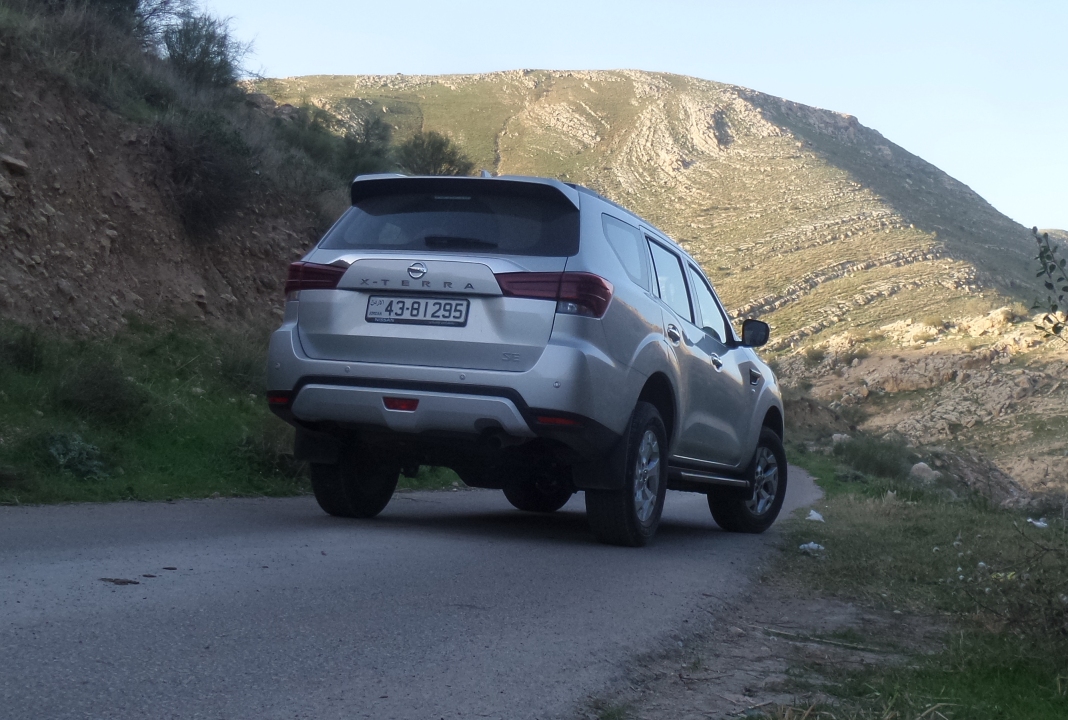 Ruggedly authentic
Ruggedly authentic
A high-riding SUV with superb 243mm ground clearance, the new X-Terra is to a large extent based on the acclaimed Nissan Navara pick-up truck, albeit modified for SUV service. Similar to European market Navara models and the Navara-based Mercedes-Benz X-Class, the X-Terra retains its tough live-axle rear, but ditches the more commercial vehicle leaf spring rear suspension. Instead, it gains a more sophisticated multi-link coil sprung live-axle set-up, which delivers much improved ride comfort and handling properties, but retains a rugged off-road ability and durability.
As a pick-up based and more off-road biased SUV, the X-Terra is pitched to compete with the likes of the Toyota Fortuner, Mitsubishi Montero Sport and Ford Everest – where available – and sits off the ground with an inherently commanding stature underlined by its high waistline, rear lights and bonnet line. Statuesque with its prominently ridged bonnet, chunky take on the V-motion grille motif, bulging wheel-arches and muscular body surfacing, the X-Terra also features front and rear skid plates to complete its tough image.
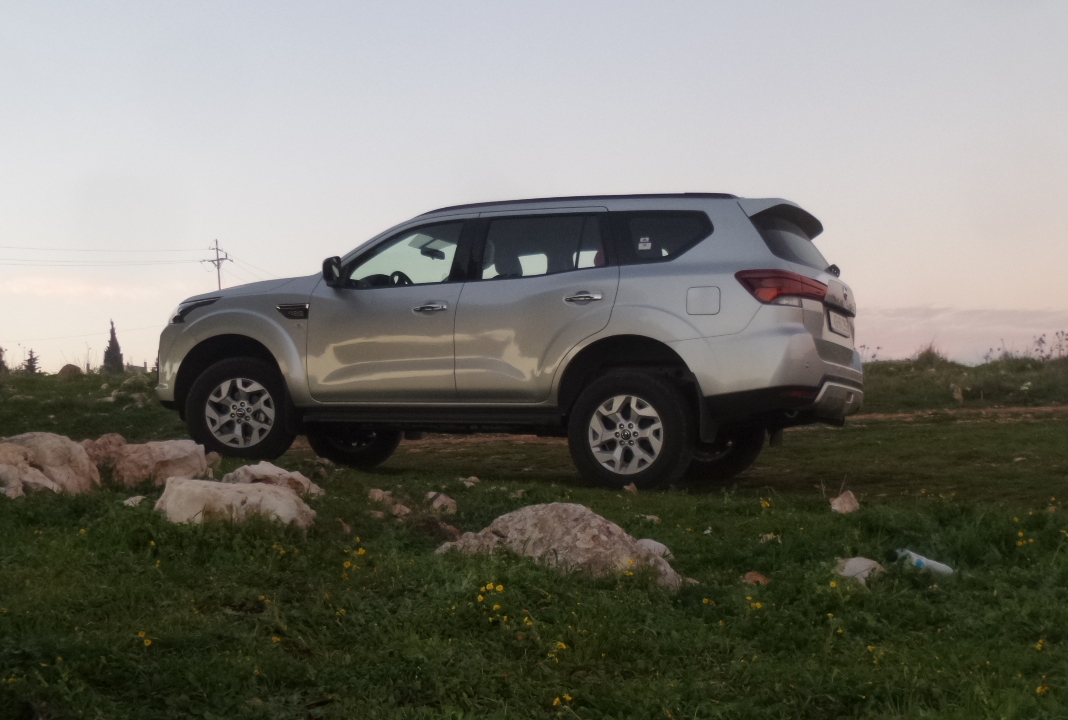 Off-road adventurer
Off-road adventurer
Shorter than the Navara pick-up it is related to, the X-Terra’s proportions include short overhangs to help achieve its enviably generous 32.3° approach and 26.6° departure angles, while its equal width to height ratio lends it an underlying perception of assertiveness, hulking road presence and overt expression of its generous clearance and vertical wheel travel. Little altered over its Asian market Terra sister model, the Middle East X-Terra however features a more complex and vertically-oriented bumper design with a more prominent lower lip skid plate.
Positioned longitudinally and far back behind its wide-spaced chrome grille slats, the X-Terra is powered by Nissan’s familiar naturally-aspirated 2.5-litre four-cylinder engine, mated to a smooth, succinct shifting and more conventional 7-speed torque converter gearbox rather than its Pathfinder stablemate’s continuously variable transmission. Livelier than expected given its substantial 1.9-tonne weight – even in more basic and lighter SE 4WD specification, as driven – the X-Terra however well utilizes its output to best effect with somewhat aggressive gearing, in the absence of a more powerful V6 option.
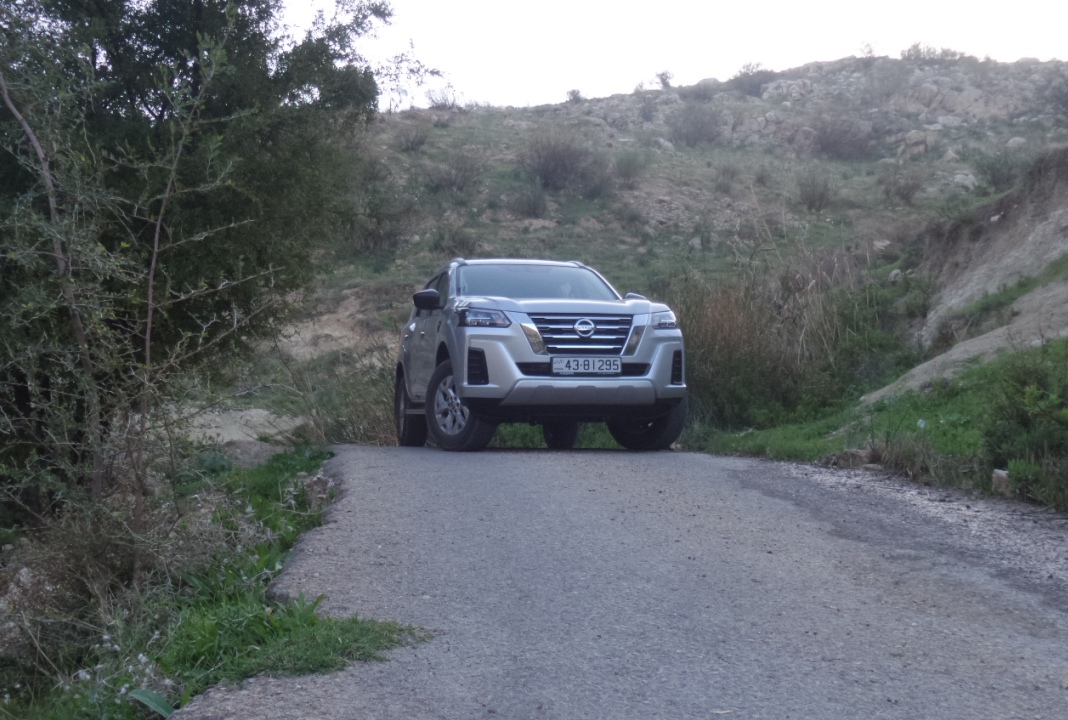 Effective engineering
Effective engineering
Developing 165BHP at 6,000rpm but more biased for torque output – with its ‘under-square’ engine design – at 178lb/ft at 4,000rpm, the X-Terra is responsive from standstill and in urban traffic. Progressive, linear and eager from idling to rev limit, and with moderately high peak output points, the X-Terra nevertheless unleashes much of its torque early in the rev range and across the mid-range. Not exactly a fast car, the X-Terra is however certainly as quick as it need be, with smooth delivery and responsive throttle control.
Confident and capable at speed and even on steep inclines, one however needs to work its gears and rev hard and high to hustle it along at a brisk pace. Estimated to be capable of 0-100km/h in approximately 10.5-seconds and returning estimated 8.77l/100km fuel efficiency, the X-Terra drives the rear wheels under normal conditions, during which it is balanced and committed through corners for a vehicle of its height, weight and size. Meanwhile, a brake-based limited slip system enhances on-road agility and off-road traction.
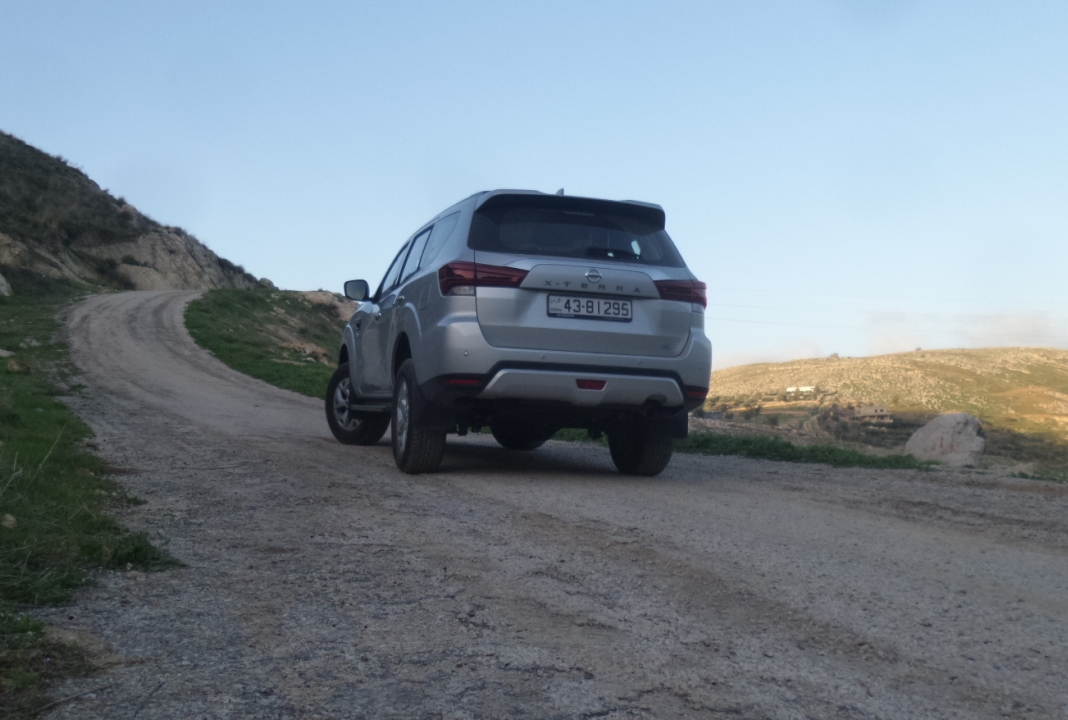 Grounded composure
Grounded composure
Driven in four-wheel-drive mode, the X-Terra makes short work of loose surfaces, while engaging low ratio four-wheel-drive mode further improves off-road ability in more extreme conditions calling for high power crawling pace. Higher specification Titanium and Platinum models meanwhile receive a locking rear differential – in addition other assistance equipment – to keep both wheels turning at the same rate for yet more effortless off-road prowess. Also included is electronic hill descent control, while its suspension design allows for plenty of wheel travel, axle articulation and surface contact.
A more rewarding drive than one would expect for its segment, one becomes accustomed to the X-Terra’s on-road characteristics, limits and nuances in short order once on brisk, open, rural switchbacks, where its tall geared hydraulic assisted steering lightens up and becomes second nature in the subtle but detailed information it relates in terms of road texture, car position and approaching grip limits. Turing in tidily and eagerly, the X-Terra remains committed through corners, with little body lean despite its height and weight.
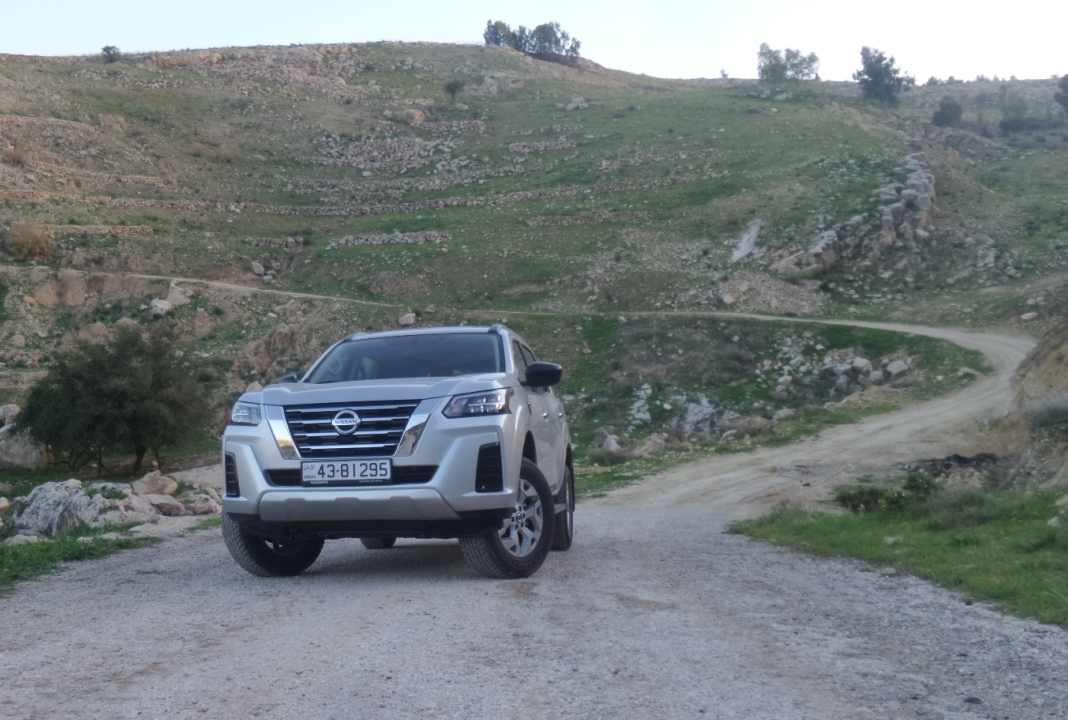 Committed comfort
Committed comfort
Finding a great compromise between road manners, ride comfort and rugged durability, the X-Terra’s sophisticated double wishbone front suspension is fluent and forgiving as it pounces from one corner to the next over poorly paved and winding mountain routes. Its coil sprung rear live axle suspension meanwhile dispatches potholes, bumps, lumps and assorted imperfections with unexpected poise and panache, transmitting discrete feedback but remaining settled and firmly fixed into the tarmac. Settled on rebound from sharp dips and large bumps alike, the X-Terra feels comfortably grounded.
Gripping hard through corners, one can however induce mild yet predictably balanced over-steer with a hint of wheel-spin, but not the axle hop of a leaf spring system. Taking punishing road textures in its stride with is tough high sidewall tyres, the X-Terra meanwhile has a high level of body rigidity, with scant little of the shudders associated with some lesser body-on-frame vehicles. Refined and confident, it is stable and well-insulated on highway, and with an 11.4-meter turning circle, is more maneuverable than its dimensions might suggest.
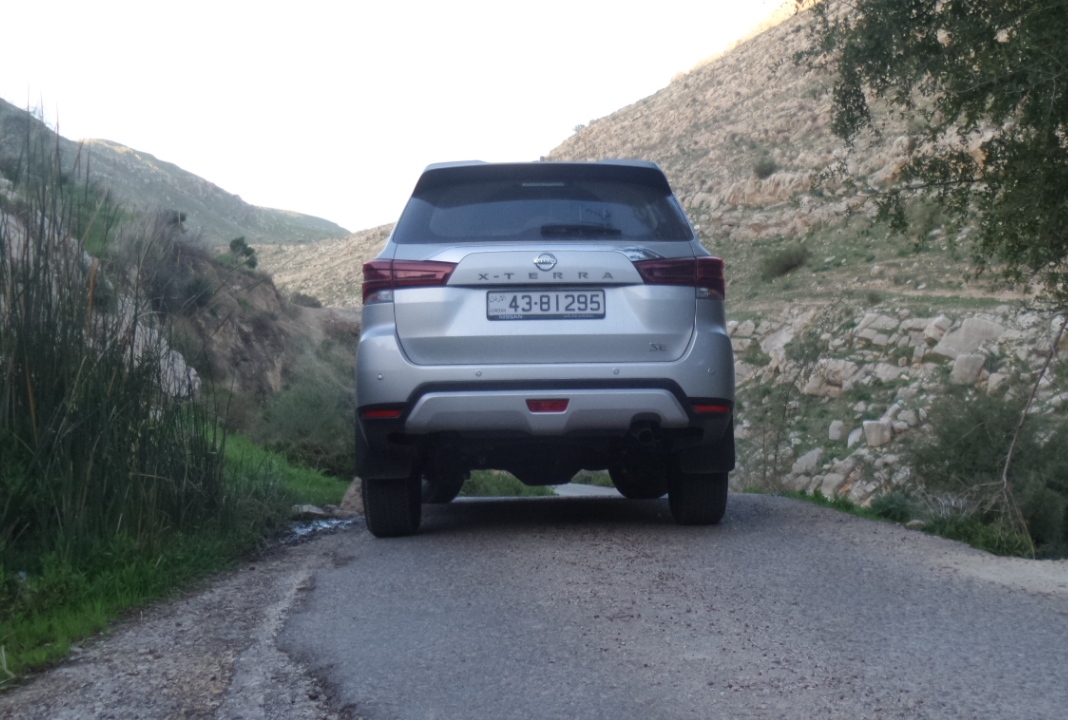 Unpretentiously pleasant
Unpretentiously pleasant
With its frame sitting high, the X-Terra has a commanding driving position with good long distance visibility, tilt/reach steering adjustability, and supportive, comfortable and ergonomic manually adjustable SE spec fabric seats. But with its bulging bodywork and high waistline, one does have to rely on its big side mirrors, rear sensor and intuition to maneuver in narrow confines. Titanium spec however introduces a reversing camera, while Platinum specs adds a roof rear display, blind spot warning and other assistance systems for added safety and maneuvering confidence.
Well-equipped even in SE trim, the X-Terra is pleasantly sporty, modern, uncomplicated and intuitive inside with good textures and materials, if not pretentious or too precious. Spacious inside, the X-Terra does however give away some cabin practicality to its Pathfinder sister, in terms of second and third row seating. That said, split tilt, slide and tumble second row seats are versatile for comfort, space and access to the smaller third row. Boot space is meanwhile generous, but third row seats don’t fold fully flush with the floor.
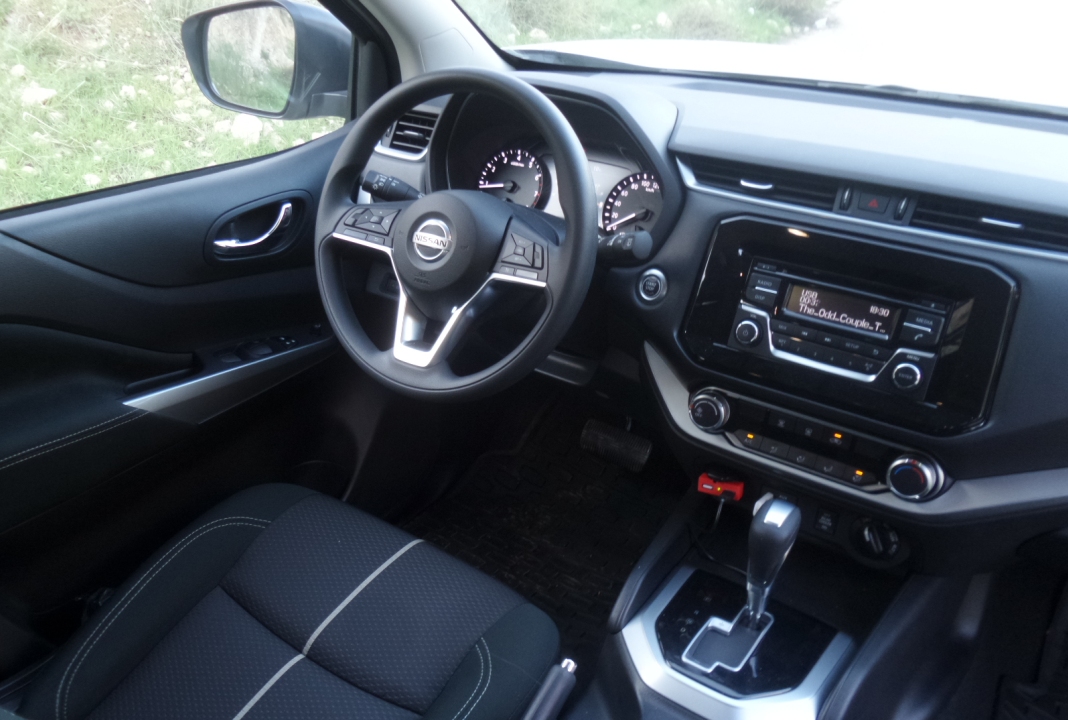 Nissan X-Terra SE 4WD
Nissan X-Terra SE 4WD
- Engine: 2.5-litre, in-line 4-cylinders
- Bore x stroke: 89 x 100mm
- Valve-train: 16-valve, variable valve timing, DOHC
- Gearbox: 7-speed automatic, four-wheel-drive
- Drive-train: Low gear transfer case, optional locking rear differential
- Power, BHP (PS) [kW]: 165 (167) [123]@ 6,000rpm
- Specific power: 66.3BHP/litre
- Power-to-weight: 86BHP/tonne
- Torque, lb/ft (Nm): 178 (241) @ 4,000rpm
- Specific torque: 96.8Nm/litre
- Torque-to-weight: 125.7Nm/tonne
- 0-100km/h: 10.5-seconds (estimate)
- Fuel consumption: 8.77-litres/100km (estimate)
- Fuel capacity: 78-litres
- Height: 1,865mm
- Width: 1,865mm
- Length: 4,900mm
- Wheelbase: 2,850mm
- Tread, F/R: 1,565/1,570mm
- Minimum Ground clearance: 243mm
- Approach / departure angles: 32.3° / 26.6°
- Kerb weight: 1,917kg
- Gross vehicle weight: 2,600kg
- Seating capacity: 7
- Steering: Power-assisted rack and pinion
- Turning radius: 11.4-meters
- Suspension, F/R: Double wishbones / multi-link live axle, coil springs
- Brakes, F/R: Ventilated discs / discs
- Tyres: 255/65R17
- Warranty: 300,000km or 5-years
- Price, on-the-road, as driven in SE 4WD specification: JD37,900
Rivals and alternatives
Toyota Fortuner 2.7L 4WD
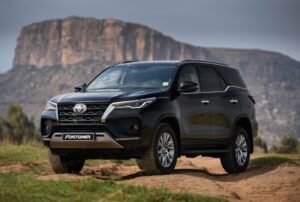 Toyota’s long-running model line in the mid-size pick-up truck based mid-size SUV segment, the Fortuner SUV is a relation to the Hilux, and something of a cheaper, slightly smaller, yet similarly off-road capable alternative to the brand’s Prado SUV. The closest X-Terra competitor here, the Fortuner is slightly smaller, short one gear ratio and has an additional 200cc displacement to achieve slightly less power.
Toyota’s long-running model line in the mid-size pick-up truck based mid-size SUV segment, the Fortuner SUV is a relation to the Hilux, and something of a cheaper, slightly smaller, yet similarly off-road capable alternative to the brand’s Prado SUV. The closest X-Terra competitor here, the Fortuner is slightly smaller, short one gear ratio and has an additional 200cc displacement to achieve slightly less power.
Specifications: Engine: 2.7-litre, in-line 4-cylinders; Gearbox: 6-speed automatic, four-wheel-drive; Drive-train: Locking centre differential, low gear transfer case; Power, BHP (PS) [kW]: 161 (164) [120] @5,500rpm; Torque, lb/ft (Nm): 181 (246) @3,800rpm; Height: 1,835mm; Width: 1,855mm; Length: 4,795mm; Wheelbase: 2,745mm; Ground clearance: 220mm; Wading depth: 700mm; Approach 30°; Ramp: 23.5°; Departure: 25°; Weight: approximately 2,100kg; Turning radius: 11.6-meters; Suspension, F/R: Double wishbone / 5-link, coil springs, live axle; Tyres: 265/65R17
Mitsubishi Montero Sport 3.0L 4WD
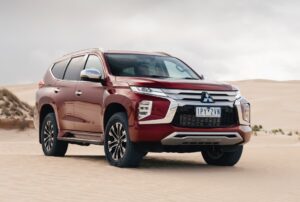
An attainable, effective and rugged de facto mid-size replacement for the now discontinued Mitsubishi Pajero until the rumoured next generation full-size Nissan Patrol-based Pajero arrives, the Montero Sport delivers enviably capable off-road ability and confident V6 power. Related to the Mitsubishi L200 pick-up, the Montero sport features a coil spring live axle set-up, low ratios and a locking centre differential.
Specifications: Engine: 3-litre, in-line V6-cylinders; Gearbox: 8-speed automatic, four-wheel-drive; Drive-train: Locking centre differential, low gear transfer case; Power, BHP (PS) [kW]: 215 (218) [160] @6,000rpm; Torque, lb/ft (Nm): 210 (285) @4,000rpm; Height: 1,800mm; Width: 1,815mm; Length: 4,825mm; Wheelbase: 2,800mm; Ground clearance: 218mm; Wading depth: 700mm; Approach 30°; Ramp: 23.1°; Departure: 24.2°; Tilt angle: 45%; Weight: 1,985kg; Turning radius: 11.2-meters; Suspension, F/R: Double wishbone / 3-link, coil springs, anti-roll bars; Tyres: 265/60R18
Ford Everest 2.3L 4WD
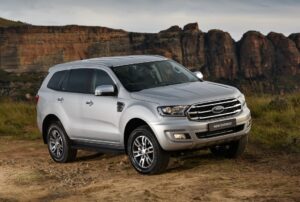 Not yet available in the Middle East, the Everest is the Blue Oval’s eastern Asian, Australian and South African market mid-size SUV. Based on the superb Ranger pick-up, the Everest shares a similarly rugged and visceral design, and a modified live axle rear. It includes several high performance diesel options, including the Ranger’s 3.2-litre 5-cylinder, or the Mustang’s 2.3-litre 4-cylinder Ecoboost as a petrol option.
Not yet available in the Middle East, the Everest is the Blue Oval’s eastern Asian, Australian and South African market mid-size SUV. Based on the superb Ranger pick-up, the Everest shares a similarly rugged and visceral design, and a modified live axle rear. It includes several high performance diesel options, including the Ranger’s 3.2-litre 5-cylinder, or the Mustang’s 2.3-litre 4-cylinder Ecoboost as a petrol option.
Specifications: Engine: 2.3-litre, in-line 4-cylinders; Gearbox: 10-speed automatic, four-wheel-drive; Drive-train: Locking rear differential, low gear transfer case; Power, BHP (PS) [kW]: 215 (218) [202] @5,500rpm; Torque, lb/ft (Nm): 210 (455) @2,500rpm; Height: 1,837mm; Width: 1,862mm; Length: 4,892mm; Wheelbase: 2,850mm; Ground clearance: 227mm; Wading depth: 800mm; Approach 29.5°; Ramp: 21.5°; Departure: 25°; Weight: approximately 2,100kg; Turning radius: 11.7-meters; Suspension, F/R: Double wishbone / Watt’s Link, coil springs, live axle; Tyres: 265/60R18


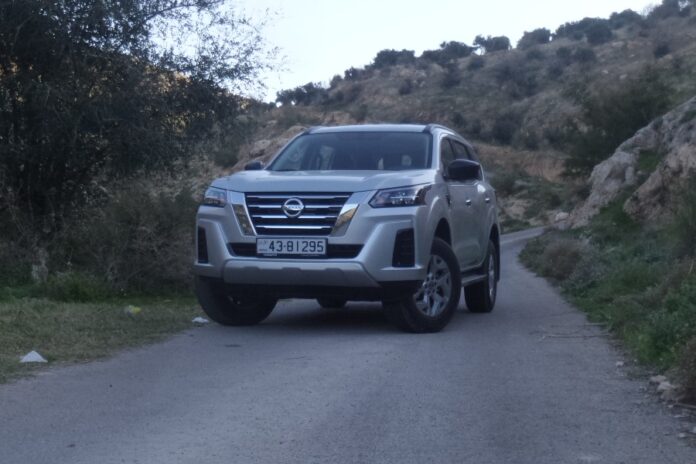
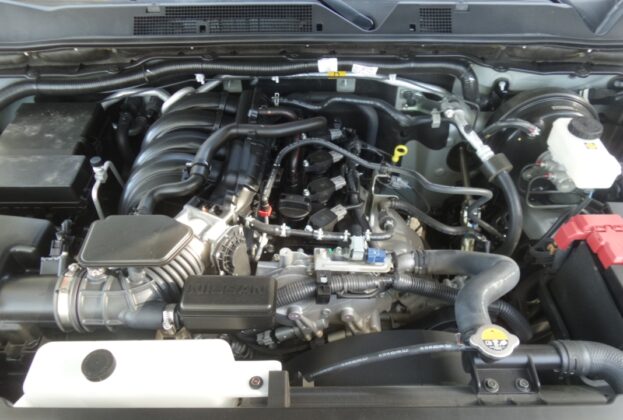
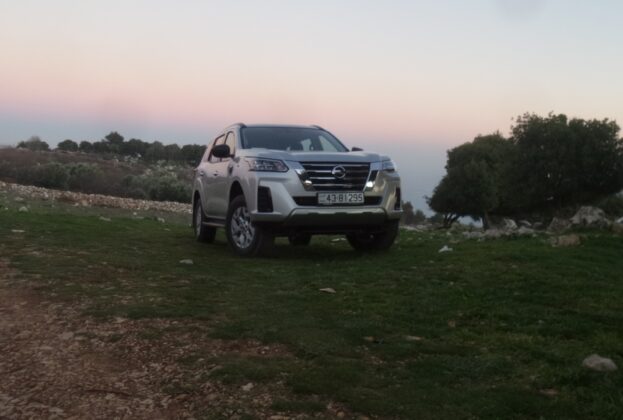

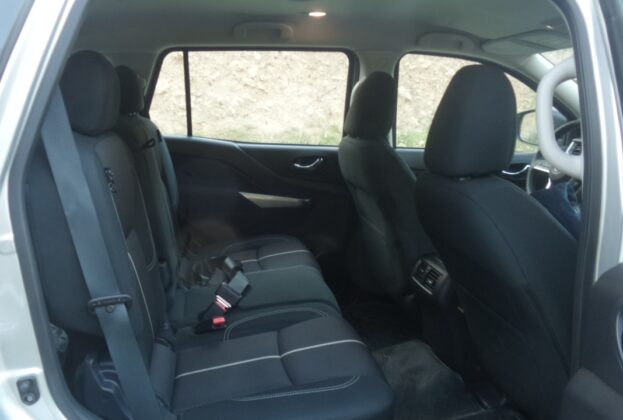
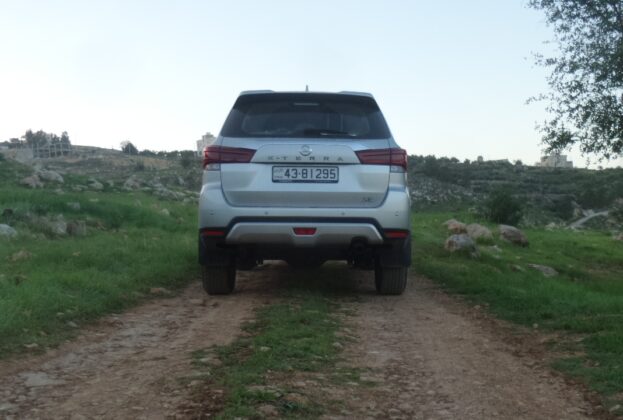
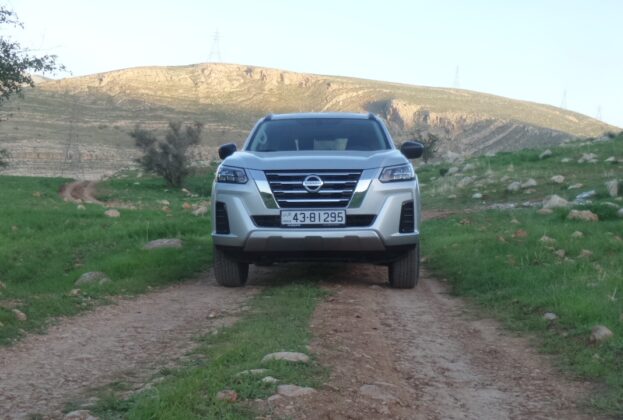
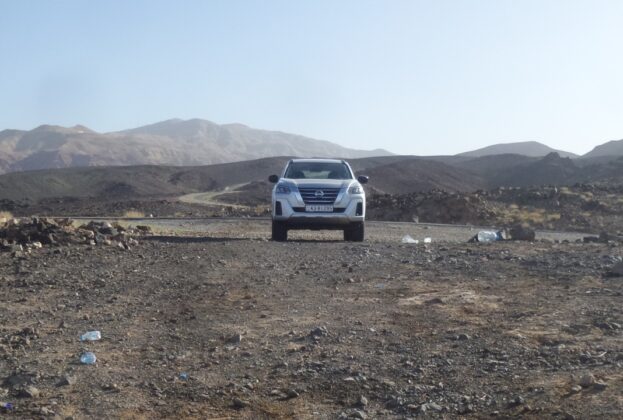

























Recent Comments